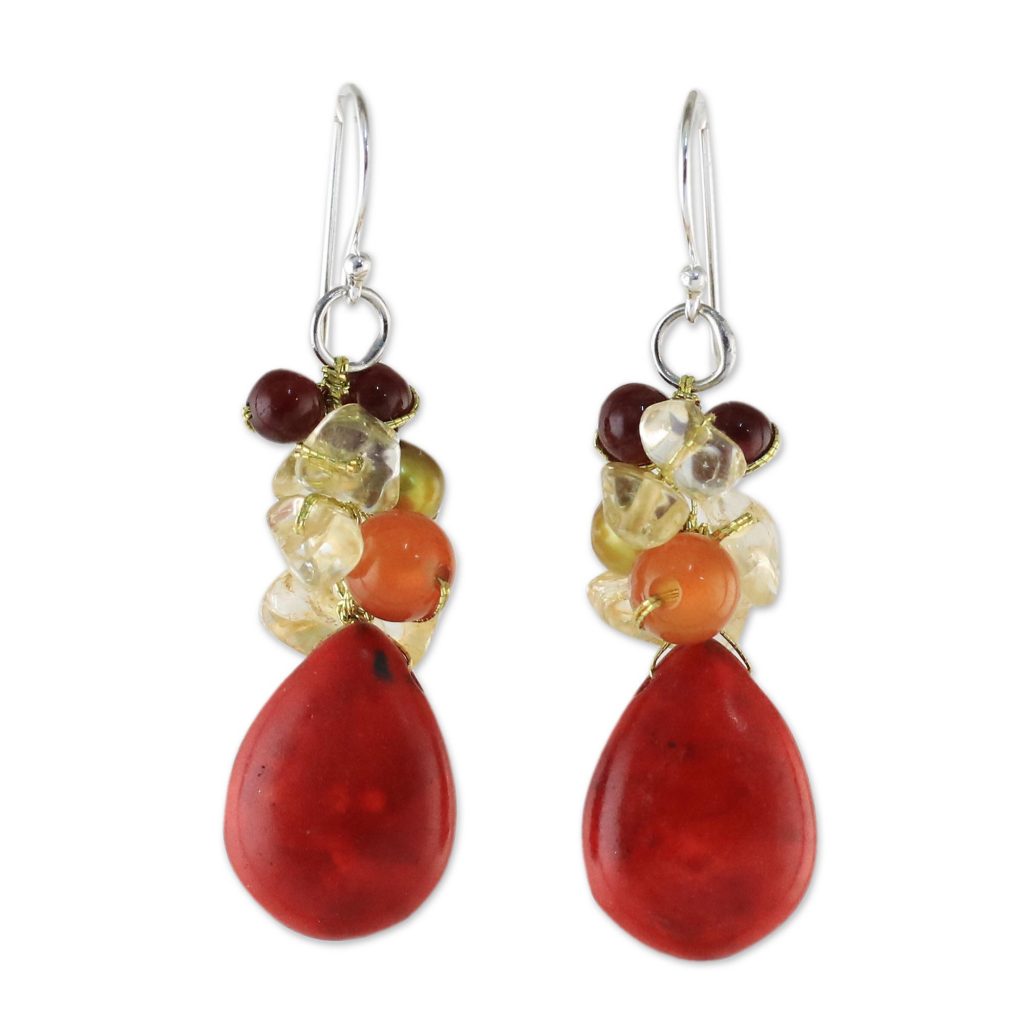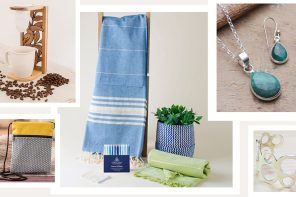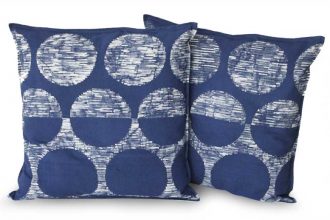Are you in the market for gemstone jewelry but unsure about what to look for? Getting the most for your money and finding a quality piece that’s truly special can be daunting to first-time gemstone buyers. But never fear! With a little bit of research and clear direction about what you like, you can become a gemstone connoisseur in no time! Here are a few tips to help you decide how to pick the gemstone that’s right for you and know what to look for when it’s time to buy.
Why Do You Want to Buy a Gemstone?
Begin your gemstone search by asking yourself a few questions. The most important is why you want to add a gemstone piece to your jewelry collection. Deciding whether you want the stone for everyday wear or special occasions is crucial. If you are going to wear it a lot, choose a gemstone that’s tough. The MOHS scale rates gemstones on their durability and scratch-resistance. Choose a gem with a higher rating if you’re intending to wear it every day. For occasional wear—on special occasions, let’s say—it’s okay to choose something that rates lower on the scale.
A gemstone’s MOHS rating will also have bearing on the kind of jewelry it’s appropriate for. Gemstones that rank lower on the MOHS scale, for example, can be problematic in settings for rings or bracelets, which tend to get more wear and tear. Since rings and bracelets can easily get knocked about, it’s safer to choose those that feature stones that have a rating of 7 or more. Jewelry less likely to get scratched, such as earrings and necklaces, are perfect for softer stones.
For example, topaz rates sturdy 8 on the MOHS scale, making a piece such as this topaz sea turtle ring a perfect meeting of form and function. Whereas, lapis lazuli, which has a rating of just 5 – 5.5, is a better choice for these teardrop dangle earrings , which are less likely to get knocked about or come into contact with such abrasive materials as dish soap.
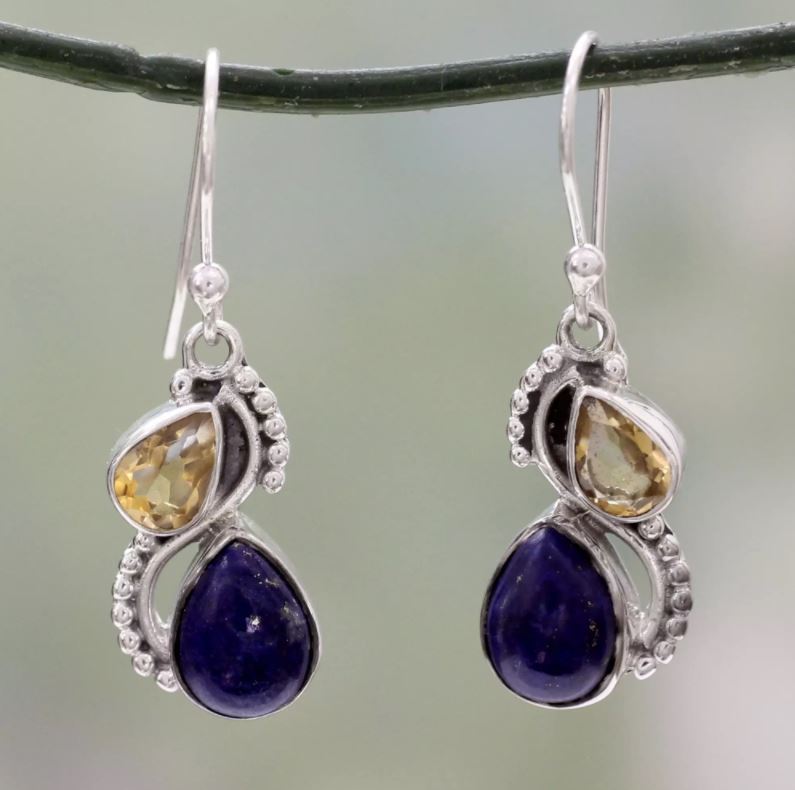
Personal Preferences
Of course, your search for a new gemstone, must be guided by your own taste. Thinking about the size of stone you are comfortable with—are you looking for something small and discreet or do you want to make a statement? There are plenty of occasions for both. Do you have a favorite color or a wardrobe color palette? Researching which gems have similar or complementary hues can be inspiring and fun.
For example, if your favorite color is green, it’s likely that you’ve considered emerald. But peridot and malachite are also beautiful gems that come in shades of green. Consider these malachite dangle earrings and these delicate peridot studs.
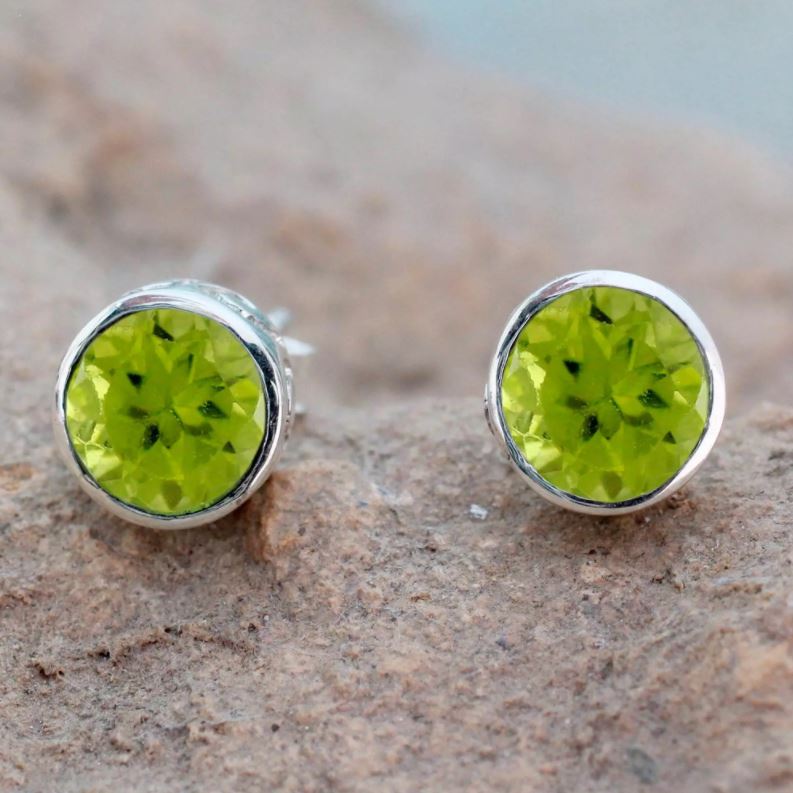
The size and shape of your desired gem is also important. Some gems look better in a small, subtle cut, while others really shine when used in a statement setting. Take turquoise and carnelian. The horizontal oval setting used in these carnelian dangle earrings sets off these beautiful red gems to stunning effect. Conversely, these turquoise dangle earrings’ small, teardrop shape make a more modest but no less lovely impression.
What Should You Look For?
Within the world of gemstones, it used to be that the terms ‘precious’ and ‘semi-precious’ were signifiers of a piece of jewelry’s value. Today, however, the distinction carries much less significance. In fact, many semi-precious stones are just as valuable as precious ones.
The same holds true for the distinction between natural and man-made stones, which these days carries far less weight. Natural stones are those gems found in the earth, which are not altered in any way. These stones can be enhanced when they undergo a treatment to improve their color or durability. Man-made stones can be quite valuable as they are created using the very same raw materials and natural conditions that come together to produce gemstones.
Natural and man-made stones are, however, different from imitation gems. While imitation gems can be used in quality costume jewelry and look very much like their natural gemstone counterparts, the fact that they are synthetic makes them less valuable. While suitable for many pieces of jewelry, imitation gems are not what you want to invest in if you are looking for a special piece for yourself or a an important gift for a friend or loved one.
Gemstone Budget
Last but certainly not least, budget will often end up being the prime consideration governing which gemstone is right for you—right now. Gems vary in price, according to carat, size and appearance. Contrary to what you might think rubies, not diamonds, can be some of the most expensive gems on the market. But if you choose wisely you may find plenty of ruby pieces that are affordably priced.
We love these dangle earrings and pendant necklace for their lovely ruby detailing. Pieces that feature smaller stones is another way to make buying a piece of jewelry featuring valuable stones more affordable.
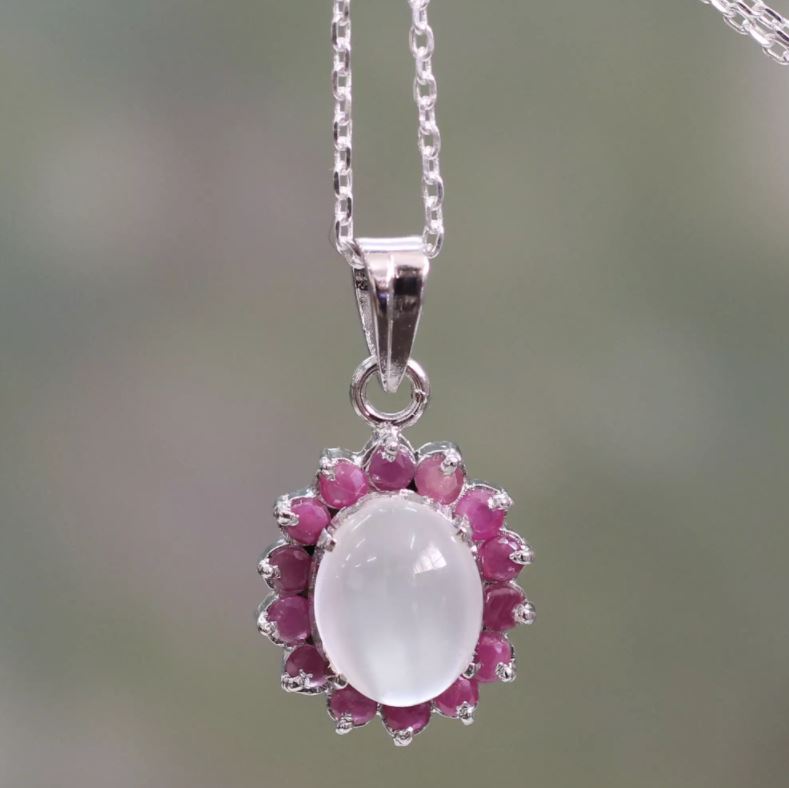
If you love gemstones and don’t want to spend a mint, UNICEF Market has a multitude of beautiful options, including many hand-crafted designs that artfully feature gems like quartz, garnet and topaz, which won’t break the bank.
Here are a few of our current faves.
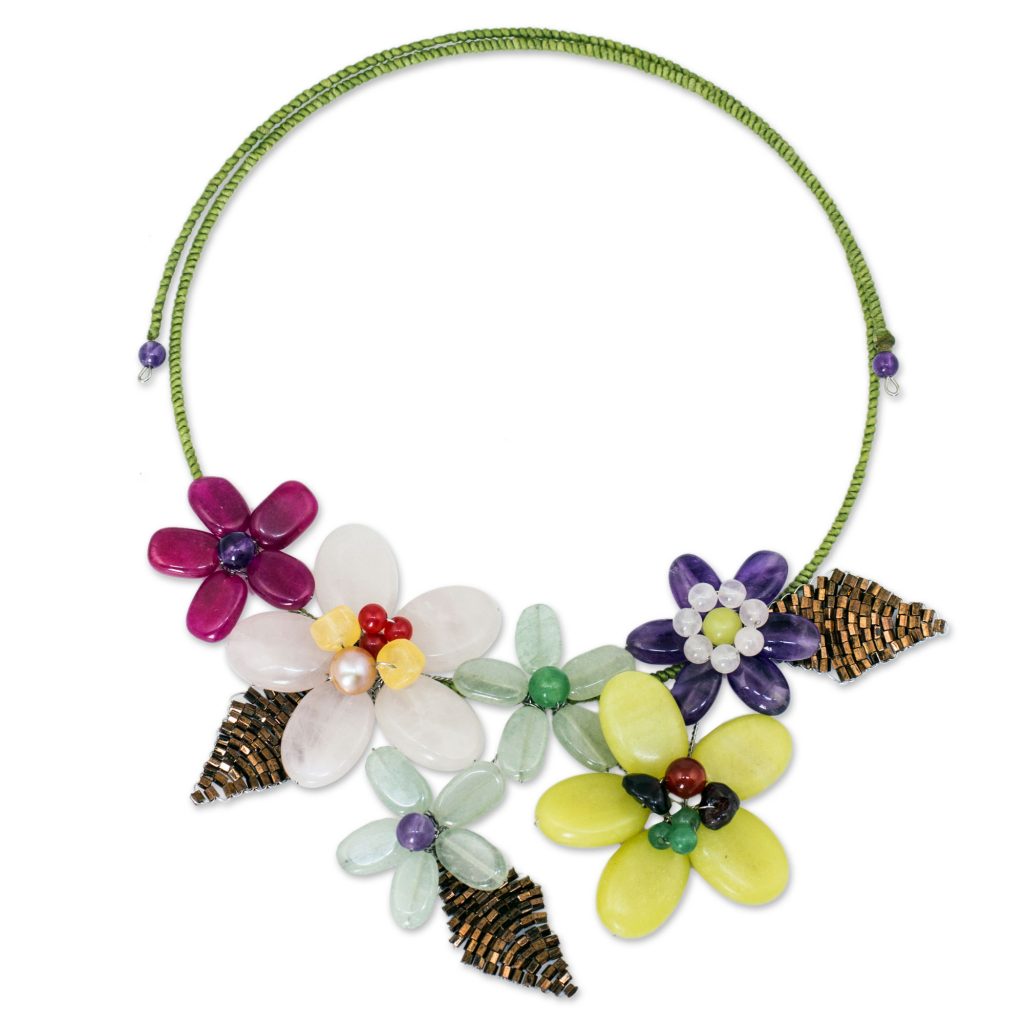
Artisan Crafted Multi-gemstone Flower Necklace, featuring amethyst, aventurine, quartz, dyed quartz, dyed calcite, $46.99
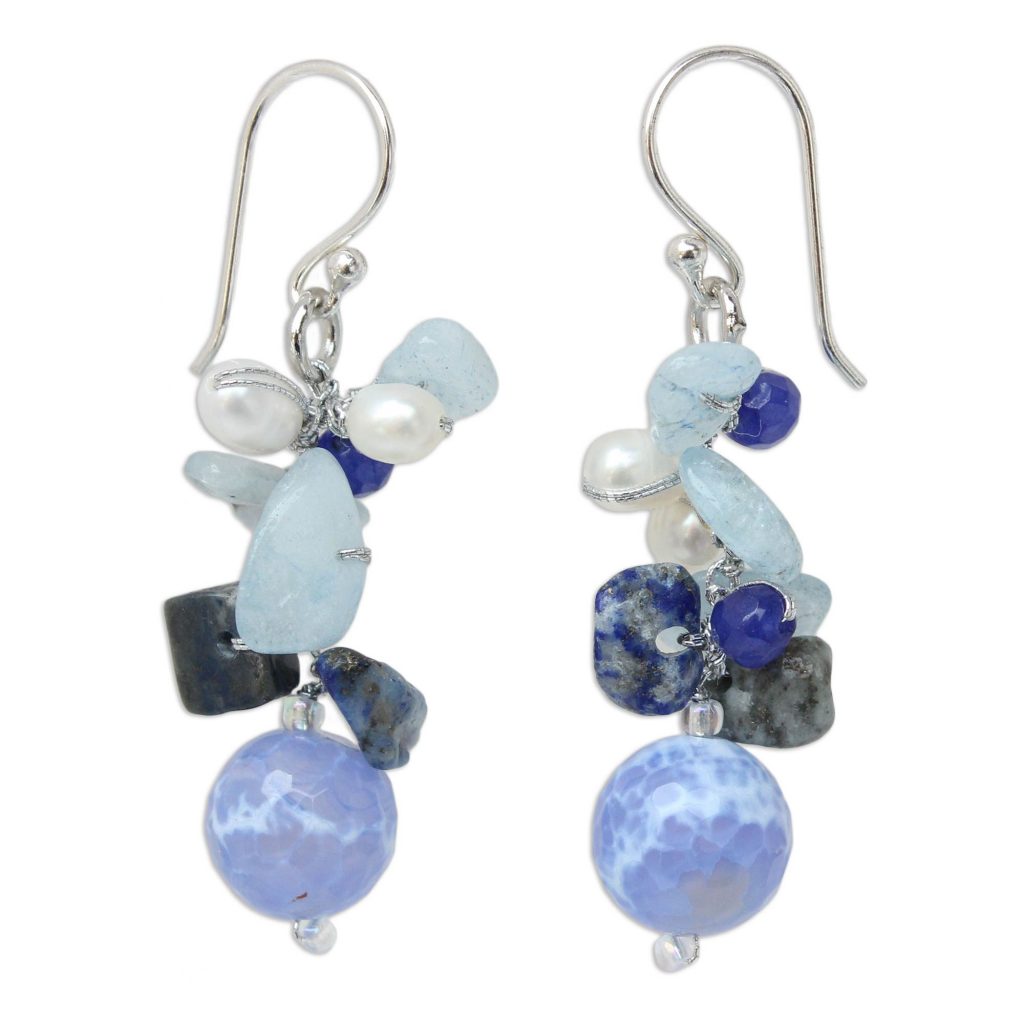
Handmade Sterling Silver and Gemstone Beaded Dangle Earrings, featuring pearls, agate, quartz, and lapis lazuli $19.59
